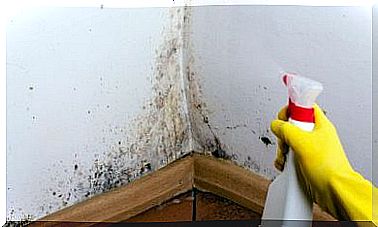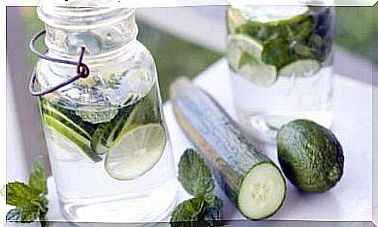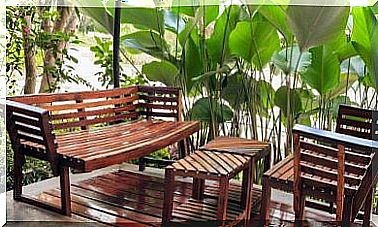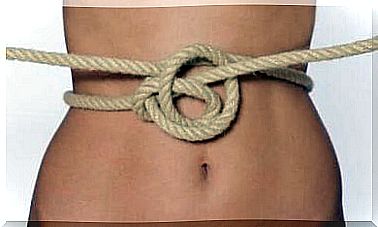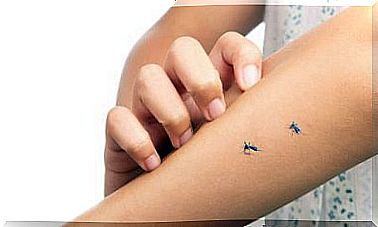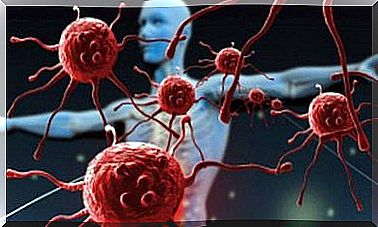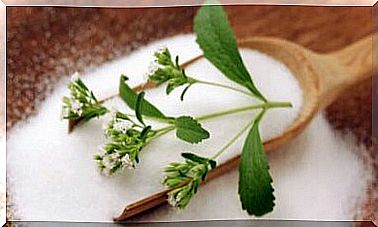Transnasal Gastric Tube: Effect And Application
The transnasal gastric tube can be used, among other things, to perform gastric lavage or to provide the patient with medication.

The nasogastric tube consists of a tube that is inserted through the nose and leads through the esophagus into the stomach. This tube is usually made of flexible plastic or silicone.
This medical device is very helpful because it can be used to artificially feed people who have problems chewing or swallowing food. The nasogastric tube is also used to deliver medicines to patients.
Find out more about this medical device and its uses in today’s article. We also report on possible complications that can arise with it.
What is the nasogastric tube used for?
As already mentioned, the nasogastric tube is used to feed people with swallowing or chewing disorders. As a result, the food goes straight to the stomach, where it is then digested.
The nasogastric tube is often used in patients with metabolic disorders and gastrointestinal complaints. However, it is also used for mental illnesses where normal nutrition is difficult. This medical device is also used in cases of severe malnutrition and premature births.
On the other hand, gastric lavage can also be performed with the nasogastric tube. This is done when there is an obstruction in the digestive system. In addition, the nasogastric tube is used for poisoning and in preparation for anesthesia.
It can also be used to deliver other substances, such as certain drugs, directly into the stomach. Of course, this must always be instructed by a doctor. Only doctors and nurses can attach and monitor the nasogastric tube. In addition, the patient must also know certain care and maintenance measures and implement them in practice.
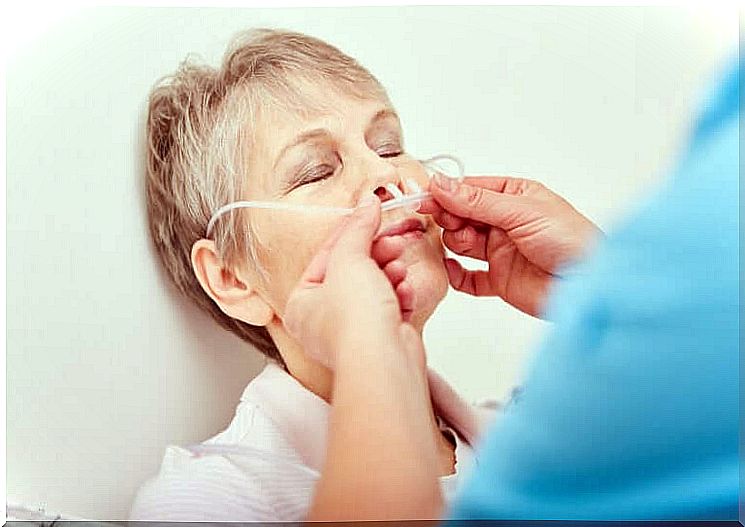
How is the nasogastric tube cared for?
Most patients need the nasogastric tube for a longer period of time, so it is essential to care for this medical device accordingly. The outside area needs to be cleaned, the best way to do this is to use lukewarm water and soap and dip a gauze in it to clean the hose. It is then rinsed and the hose is dried.
It is also advisable to put some water into the hose after each supply of food or medicine. Between 5 and 10 ml is sufficient to clean it from the inside. In addition, it must be checked whether the gastric tube is properly seated. One simply observes whether the recorded marks are in the right place.
If the probe becomes clogged, it must be replaced. In some cases, family members are trained to do this at home. However, it is best to call a doctor or nurse so that the feeding tube can be changed professionally. When the probe is not in use, the flap is closed.
Other Recommendations
When using a nasogastric tube, the mouth and nose area must be cared for. It is best to turn the probe every now and then and change the contact area so that the skin is not irritated. If this is not possible every day, it must at least be done when the probe is dirty or the patch no longer sticks properly.
The nostrils must be cleaned daily. For this you use damp cotton swabs. Proper oral hygiene is also important. Even if the patient does not ingest food by mouth, it is important to brush their teeth. In addition, he should clean the tongue at least twice a day.
It is also advisable to use a moisturizer on the nose and lips to nourish delicate skin. The nasogastric tube often leads to skin irritation, which is reduced by the cream.
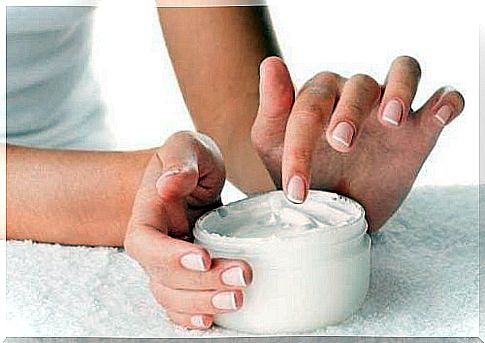
Transnasal feeding tube: which complications are common?
While the nasogastric tube is a very useful device, complications can arise. For example, injuries to the nose can occur. Therefore, as already mentioned, the position of the probe should be changed from time to time. In addition, the contact points must be disinfected and cleaned. If the injury is larger, the tube can be inserted through the other nostril.
If there is a blockage, you can try to put some lukewarm water into the probe to clean it. If this does not solve the problem, call a doctor or nurse. In most cases, however, clogging of the tubing can be avoided by adding a little water to the tubing after feeding the food or medicine.
Another very common complication is that the probe will come loose because it is not properly attached. This can be unintentional, but there are also patients who pull on it because they find the tube a nuisance. Regardless of the reason why the probe falls out of the nose, it must be reattached by qualified personnel.
Nausea and vomiting are other common consequences. This happens especially when the nasogastric tube has not been inserted correctly. To prevent this, the patient should be in a lying position with the upper body elevated at a 45-degree angle. This can also prevent the food from running too quickly through the hose.
Conclusion
The nasogastric tube is a very commonly used medical device. It is important to follow all doctor’s instructions and to properly care for the patient and the apparatus. In the event of possible complications, a doctor must be consulted who will take care of the patient accordingly.

